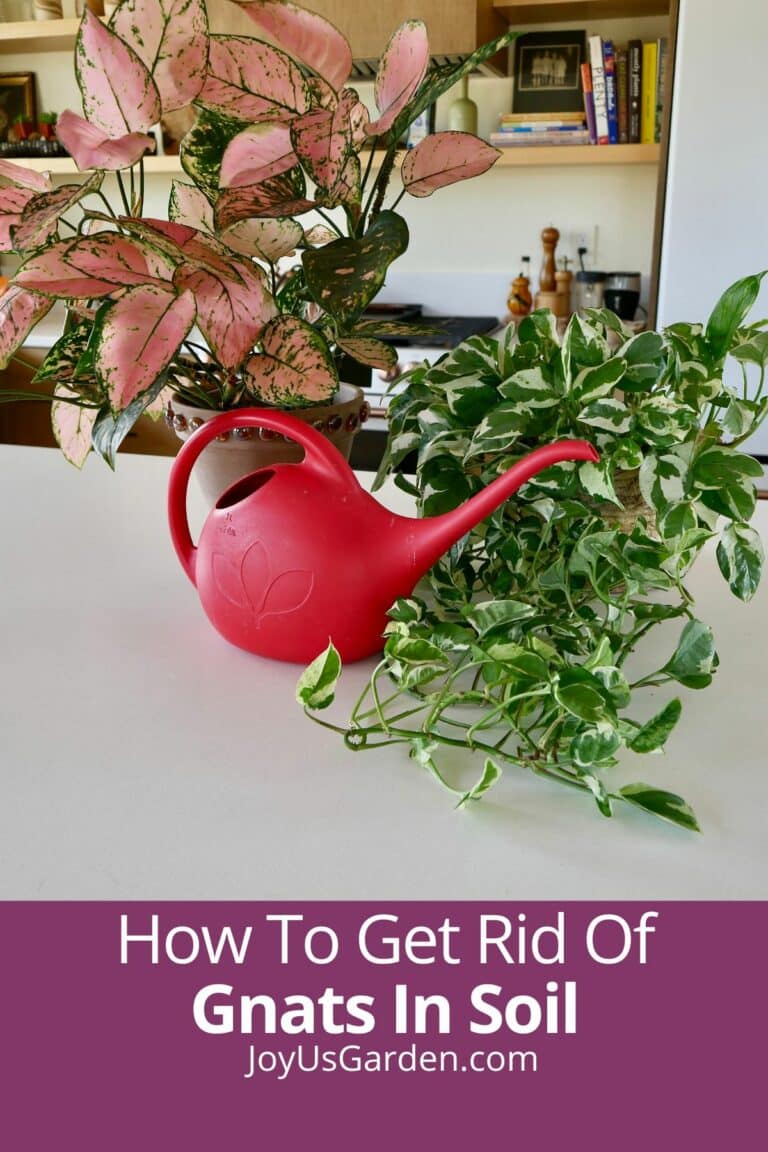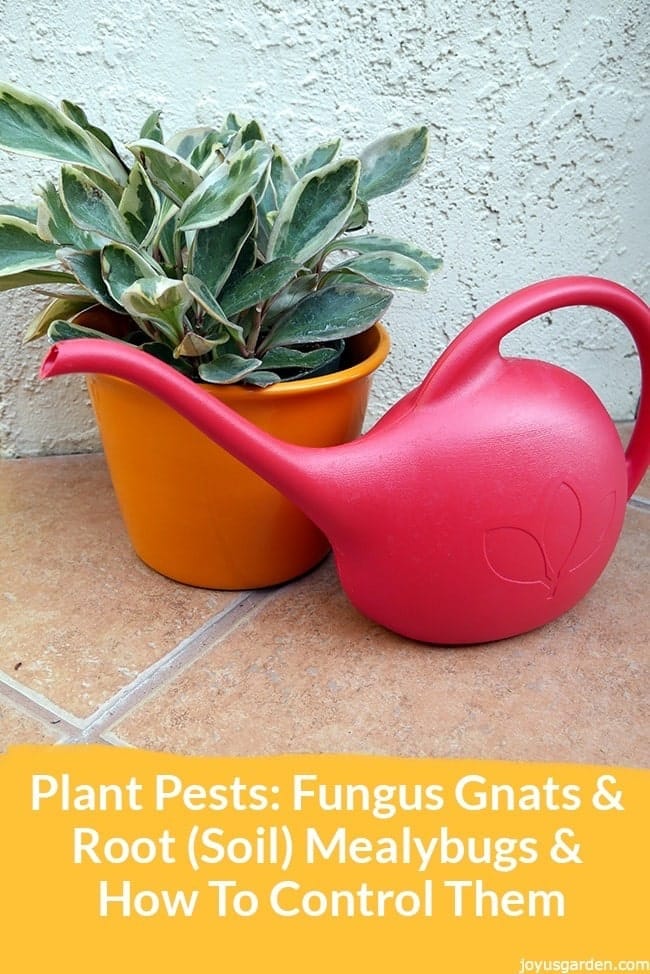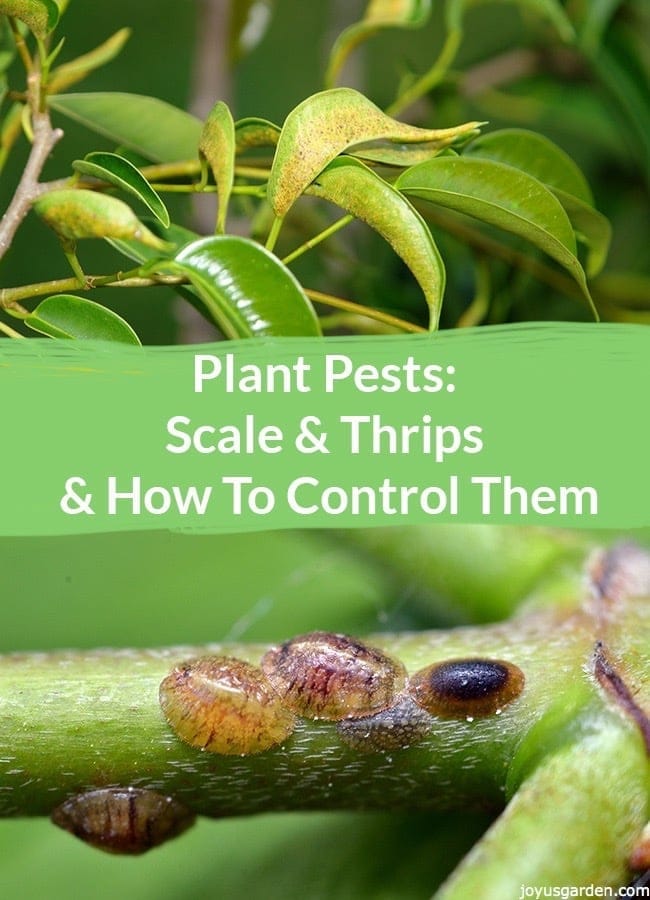How To Get Rid Of Spider Mites On Indoor Plants
Finding a spider mite infestation on the leaves of your favorite plant is enough to give any indoor gardener a massive headache. Here, you’ll learn how to identify, treat, and prevent an outbreak of spider mites on indoor plants.
Spider mites are some of the most pervasive houseplant pests, and they will happily feed on most indoor plants, including snake plants, alocasia plants, palms, dracaena marginatas, cast iron plants, and elephant ear plants, but spider mites will also invade outdoor plants in your vegetable and flower gardens.
However, while spider mites are undoubtedly troublesome, these pesky pests can be controlled with organic methods, and you can learn how to get rid of spider mites once and for all with the simple steps in this guide!
What Are Spider Mites
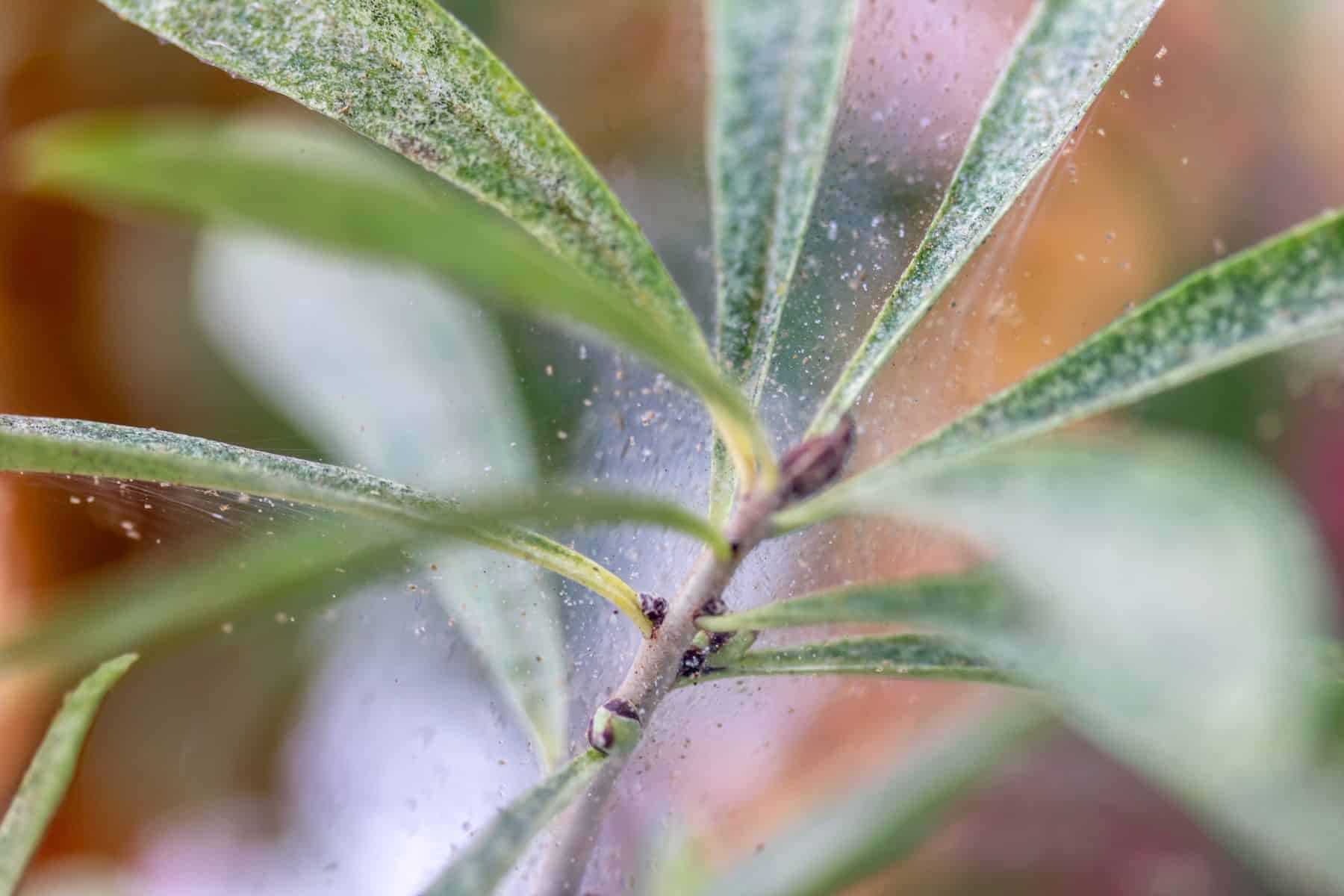
Spider mites are tiny pests that are hard to see with the naked eye but can significantly damage plant leaves. Left unchecked, spider mites can rapidly spread throughout houseplant collections, and heavy infestations can even kill an entire plant.
Spider mites are technically a type of arachnid and are distantly related to spiders, ticks, and scorpions. As spider mite infections progress on plants, these mites form fine webbing over affected houseplants, which looks much like spider webs.
To the human eye, spider mites resemble tiny white dots no larger than the period at the end of this sentence. Still, if you take a closer look with a magnifying glass, you’ll see mites moving around the undersides of leaves, on plant stems, and across houseplant soil.
What Causes Spider Mites
Spider mites can be found in nature, and if you keep your windows open in the summer, these tiny arachnids can float right into your home in the breeze and wind up on your house plants!
New houseplants can also harbor spider mites, so it’s always a good idea to inspect the underside of the leaves on all new plants you bring into your home.
Healthy plants are less susceptible to spider mite damage; however, if you have sick plants or plants suffering from water or heat stress, they’ll be more susceptible to pests.
Spider mites are also attracted to a dry environment, so you’re more likely to encounter spider mites on plants kept in homes with low humidity levels.
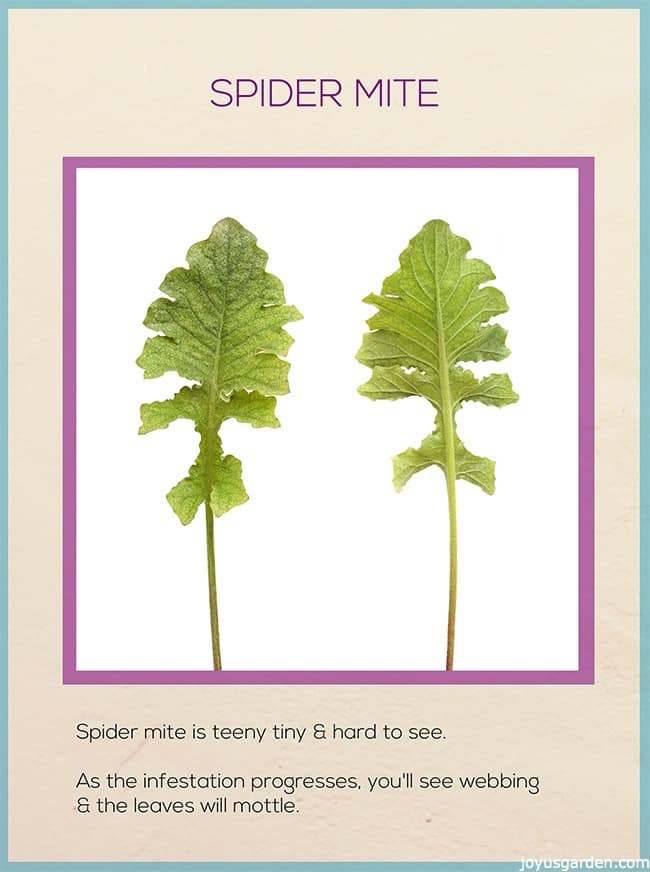
Identifying Spider Mites On Indoor Plants and Houseplants
There are many types of spider mites that come in different colors; however, the two-spotted spider mite is the most common on houseplants. The red spider mite is another troublesome pest, but it’s more commonly seen in gardens and greenhouses.
Because they’re so small, it can be challenging to see spider mites on your plants, although you may notice small white or brown spots scurrying around on the underside of leaves.
Spider mite webbing may also be present, but the most obvious sign that you’re dealing with a bad case of spider mites is usually the damage they leave behind!
If you want to confirm that you have a spider mite infestation, the best way to do it is with a white sheet of paper. Place the piece of paper beneath an affected plant and shake the plant’s leaves over the paper. If you’re dealing with spider mites, the mites will fall off the plant, and you’ll be able to see small white spots moving around on the paper.
How To Prevent Spider Mites On Indoor Plants
The best way to avoid having a spider mite problem in your home is to always inspect new plants carefully, paying particular attention to the undersides of the leaves. If you want to be extra careful, quarantining new houseplants can be a good option, or you can spray new plants down with your garden hose and then spritz them with a bit of soapy water before bringing them into your home.
Because spider mites love dry conditions, adding a humidifier to your houseplant room can be a great way to keep mites at bay. They can appear suddenly when winter rolls around and the heat comes on. You can also place your plants on a pebble tray, boosting the humidity levels around your plants without using electricity.
What To Do
If you notice spider mites on one of your indoor plants, act quickly and isolate the infested plant immediately. Quarantining any plants with spider mites will limit their spread, and you’ll be able to tackle serious infestations quicker if you only have to deal with spider mites on a plant or two.
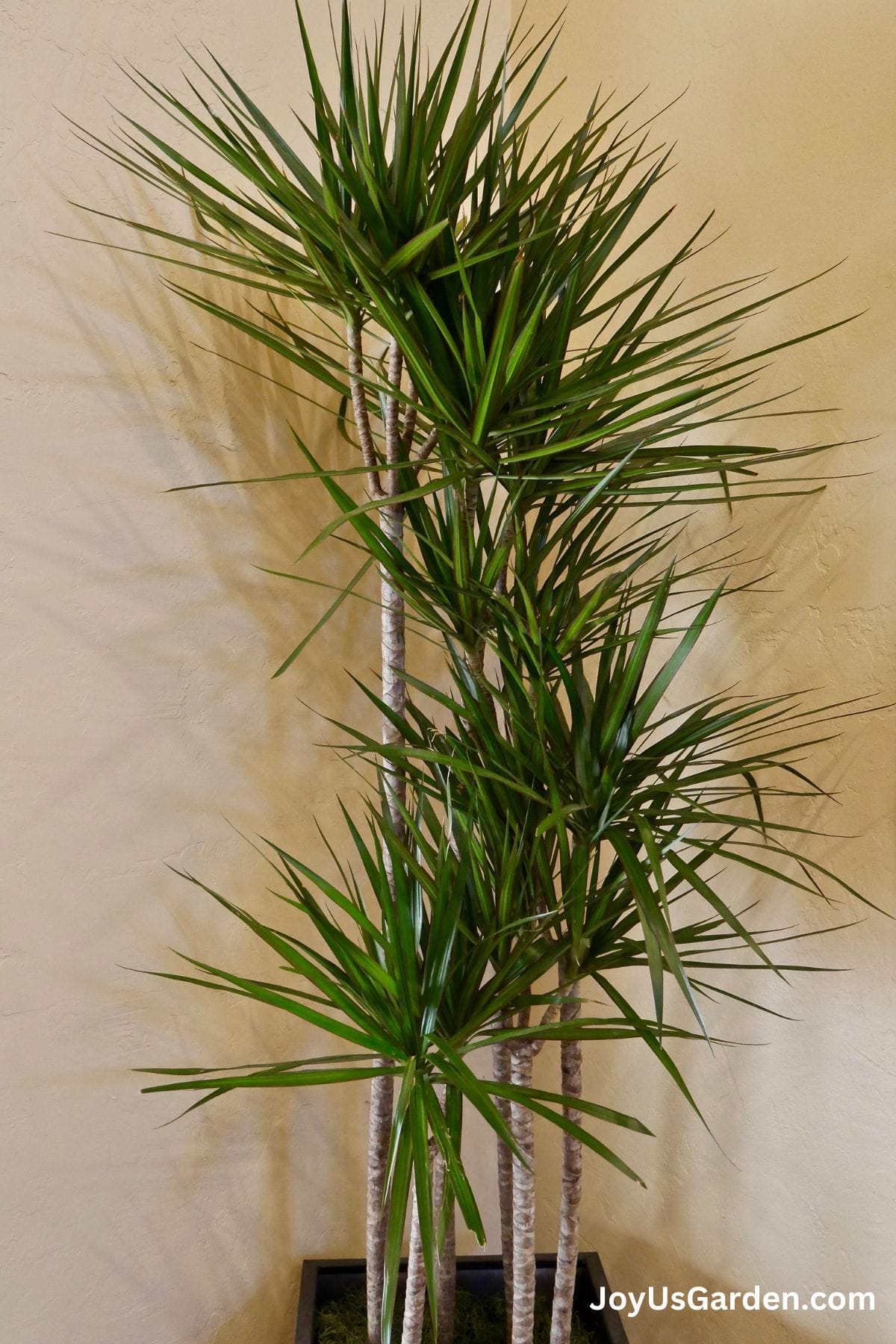
Damage Caused By Spider Mites
Like aphids, spider mites are sap sucking insects that pierce plant leaf tissue with their mouthparts and lap up the liquid in plant cells. Over time, this dries out the leaves of your plant and causes plants to develop a characteristic stippling pattern of tiny whitish or yellow spots on their leaves.
As infestations progress, plants will develop a dry and dusty appearance, which makes them look like they’re underwatered even when you’re watering them regularly!
If you don’t tackle spider mite infections quickly, spider mites can kill entire plants and rapidly spread throughout houseplant collections.
Have you encountered aphids or mealybugs (common houseplant pests) on your plants? Here is How To Control Mealybugs On Plants & How To Get Rid Of Aphids Naturally
How To Control and Get Rid of Spider Mites On Indoor Plants
As devastating as spider mites can be, there is good news: spider mites are relatively easy to manage with organic methods, and you won’t need to resort to chemical pesticides to protect your plants.
If you notice spider mites on your plants, the first thing to do is to isolate the infested plants immediately. After that, spray your plants with neem oil, horticultural oil, or insecticidal soap in a spray bottle.
You can also wipe plant leaves down with a damp cloth with rubbing alcohol or mix a teaspoon of rosemary oil into a quart of water and treat your plants.
To ensure you tackle both adult mites and spider mite eggs, treat your plants with your treatment of choice every 7 to 10 days until you no longer see signs of spider mites.
It’s also important to treat the top and the underside of the leaves of your plants, as spider mites are very good at hiding! Finally, never spray your plants with neem oil in direct sunlight, which can lead to leaf burn.
Another option, particularly useful for greenhouse settings, is to release predatory mites (Phytoseiulus persimilis) or other beneficial insects onto your infested houseplants. These natural predators will gobble up spider mites and other houseplant pests, too, and help you keep your plants naturally pest free!
Even though you keep your garden or houseplants well-tended, pests can seemingly appear out of nowhere; here is more on Controlling Plant Pests (spider mites & whiteflies)
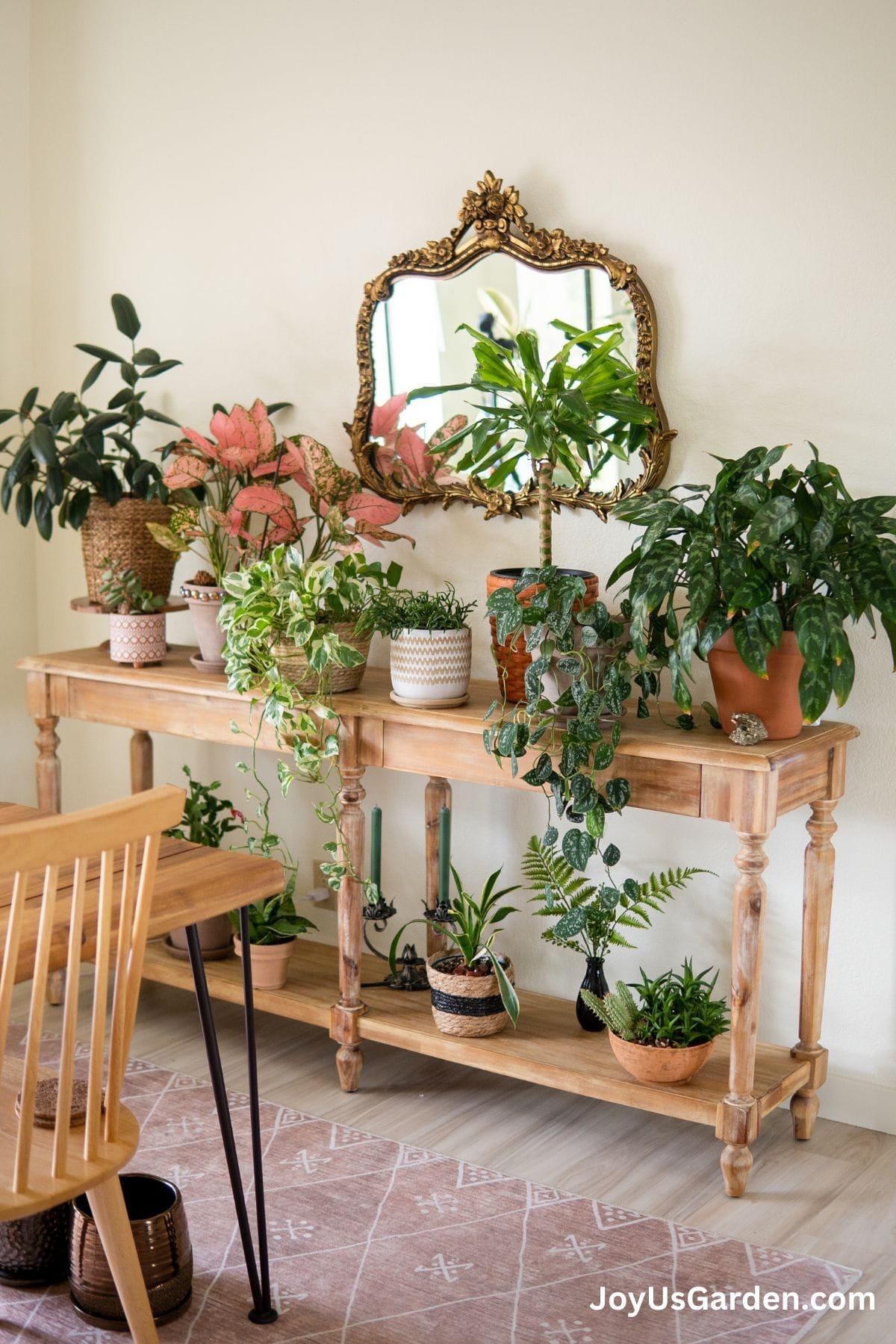
Plants close together, like seen above, are spider mite breeding grounds. Be sure to isolate and treat an infested plant as soon as you see signs. You’ll want to inspect your other plants routinely.
FAQs
Spider mites are hard to see with the naked eye, but you can usually see these tiny mites running around on your plants if you have good lighting.
Spider mite damage is much easier to spot than the mites themselves, and spider mite webs clearly indicate that you’re dealing with a mite infestation.
Yes. If spider mites are left unchecked, they will eventually cause plants to wither and die. These pests can rapidly spread between plants.
That’s why using an organic spider mite treatment as soon as possible is so important!
Yes. Spider mites weave webs that look like the webs of spiders, but on closer inspection, you’ll notice tiny mites, not spiders, inhabiting the webs.
Spider mites use webs to protect themselves and their delicate eggs as they mature.
Some Of Our General Houseplant Guides For Your Reference: Guide To Watering Indoor Plants, Beginner’s Guide To Repotting Plants, How to Clean Houseplants, Winter Houseplant Care Guide, Plant Humidity: How I Increase Humidity For Houseplants, Buying Houseplants: 14 Tips For Indoor Gardening Newbies
Conclusion
Spider mites are some of the most troublesome indoor pests you may encounter on your houseplants. But these pests are much less likely to be a problem if you quarantine new plants and keep your houseplants in the right conditions.
With proper watering, light, and humidity levels, healthy plants can often naturally withstand many pests, including mites; however, if spider mites do crop up in your home, there are many organic ways to keep them in check.
Using a combination of treatment methods, such as neem oil and a soap and water solution, is usually all it takes to manage spider mite populations. And once you get spider mites under control, your houseplants should bounce back quickly, developing new growth and pristine, pest-free leaves!
Happy Gardening,
-Lauren


